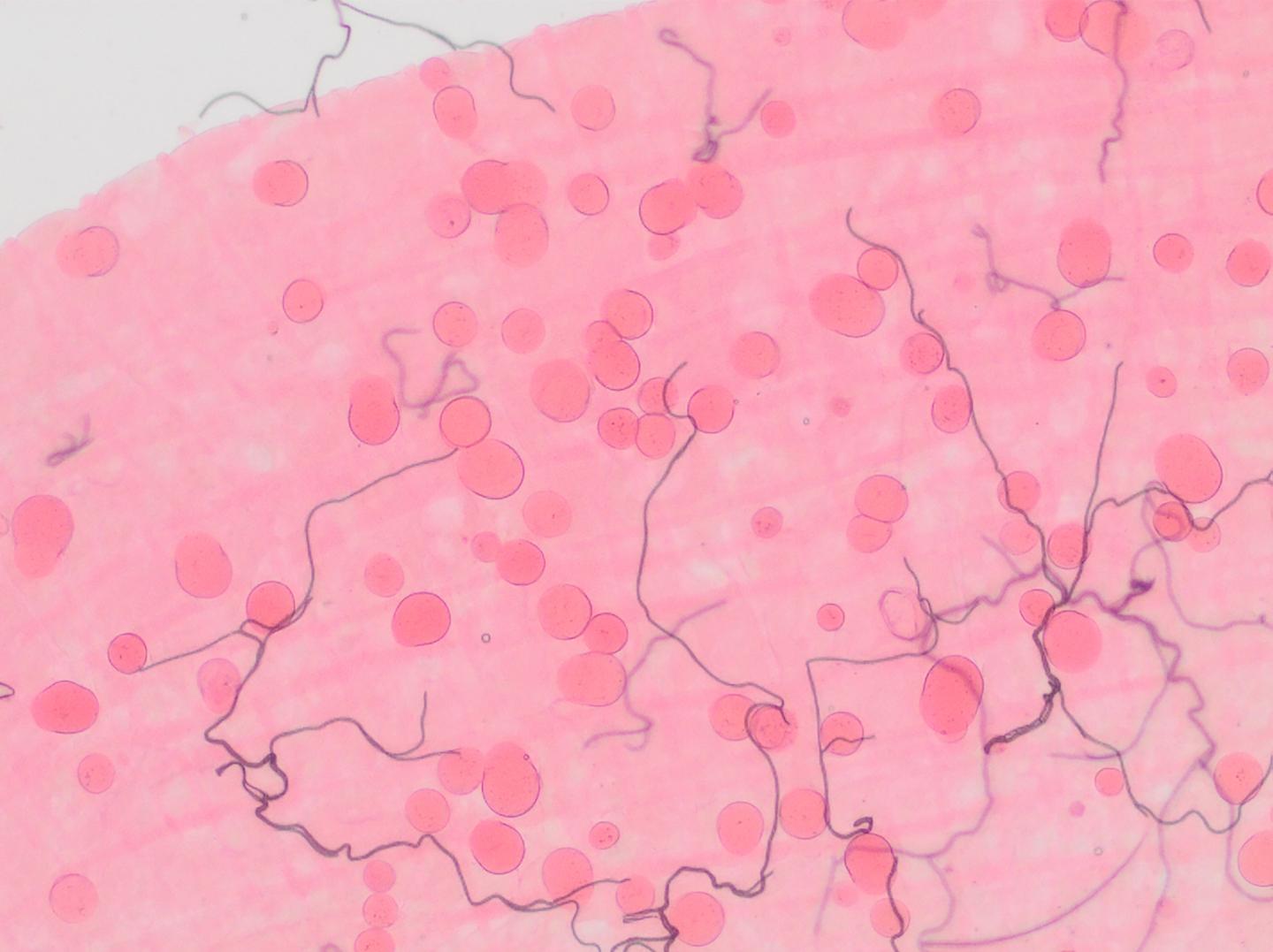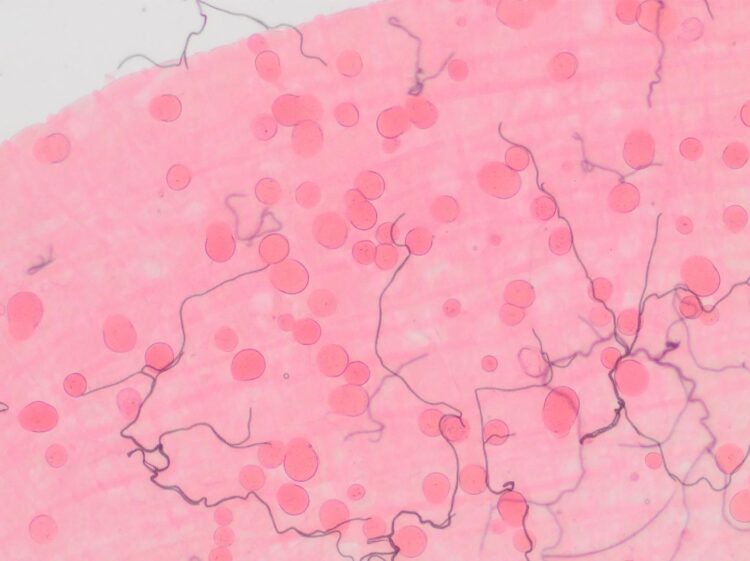
Credit: W. Robert Shaw of Harvard University’s T.H. Chan School of Public Health.
Everyone knows 2 + 2 = 4, but what about mosquitoes plus malaria? Lauren Childs, an assistant professor in the Department of Mathematics at Virginia Tech, says there’s an equation for that too.
Childs recently co-authored a report with a team from Harvard University on the role of natural mosquito behavior on transmission of a disease that threatens half the world’s population.
The study, “Multiple blood feeding in mosquitoes shortens the Plasmodium falciparum incubation period and increases malaria transmission potential,” was published in the December 2020 issue of PLOS Pathogens.
“Worldwide there are about 400,000 deaths and 200 million cases each year from malaria,” said Childs, a faculty member with the Virginia Tech College of Science who last year was named the Cliff and Agnes Lilly Faculty Fellow by the Board of Visitors. “About 50 percent of the world’s population lives in an area that has consistent malaria transmission, so while it’s not heard much about here in the U.S., it’s certainly a huge problem.”
One of the oldest and most varied parasites in the world — more than 200 species exist today — Plasmodium, the parasite that causes malaria, is transmitted through the millennia-old interaction between mosquitoes and humans. Plasmodium falciparum is considered the most virulent species.
Efforts to study this interplay solely in nature can be problematic due to constantly changing conditions known as “feedbacks”: population of males vs. females, water tables for larval development, food sources, weather, and so forth.
“All these complicated pieces, mathematically we can put them all into a system and see how that feedback affects the next level and the next level so we can think about it quantitatively and make predictions,” said Childs, who’s also an affiliated faculty member of the systems biology program within the Academy of Integrated Science, also part of the College of Science.
According to Childs’ team’s study, while a mosquito ingests the parasite in a “blood meal” by biting an infected person, it typically takes about 10 to 14 days — known as the “extrinsic incubation period” or EIP — until the parasites appear in the mosquito’s salivary glands where it can then be transmitted to another human.
Current common mitigation efforts include: a) killing of mosquitoes with insecticides, b) encouraging mosquitoes to feed on nearby animals rather than people and; c) genetically engineered drives to reduce mosquito egg production.
But these strategies may be counter-productive.
According to Childs’ research, “providing a second blood meal to female mosquitoes 3 days after they became infected … dramatically increased the size of developing parasites and accelerated the appearance of transmissible forms in the salivary glands, shortening the EIP by 2.3 days (21 percent) and making these mosquitoes infectious sooner.”
Furthermore, Childs said, reducing the number of eggs a female produces likely gives parasites more nutritional resources to grow and thus shortening the EIP.
“Malaria is a highly complex disease governed by the interplay of human and ecological factors, vector competence, infrastructure and others,” said Igor V. Sharakhov, a professor of entomology in the Virginia Tech College of Agriculture and Life Sciences. “The development of predictive mathematical models can guide formation of malaria control measures. The modeling framework and analysis support policy-driven efforts to control and possibly eradicate malaria on a large scale.”
Childs’ work in applied mathematics began as an undergraduate when she took an interdisciplinary class that used quantitative ideas like oscillation and dynamics to answer questions in nature, such as how a population of fireflies achieve synchronized flashing.
As a post-doctoral researcher in Harvard University’s T.H. Chan School of Public Health, Childs used her mathematical expertise to help infectious diseases and epidemiology specialists — connections that continued after she joined Virginia Tech’s math department in 2016.
“Collaborating with Lauren is always a pleasure as she really enables us to communicate the impact and relevance of our biological studies in the wider world,” said Harvard research scientist W. Robert Shaw, who served as first co-author on the study. “I think of her as multilingual, working at the intersection of mathematics and mosquito and parasite biology. It’s her ability to distill and translate complex behaviors and life cycles into a simplified mathematical framework that is such a rare talent and so valuable to our research.”
Added Harvard Ph.D. candidate and study team member Inga Holmdahl: “Lauren has mentored me on a variety of different projects relating mosquito biology and malaria epidemiology over the past couple of years, using a mathematical and ecological framework. This is necessarily interdisciplinary and critical for allowing us to interpret biological findings in the context of malaria epidemiology.”
A professed fan of puzzles and games, Childs wields her math skills on the frontlines of other infectious disease fights. Some of her work in 2020 focused on the probability of asymptomatic spread by someone infected by COVID-19.
“Many people can see the next move in a game of chess,” she said, “but the one that is 20, 30, or 50 moves ahead is much harder to see. You can use mathematics to calculate what possibilities there are.”
###
Media Contact
Lon Wagner
[email protected]
Original Source
https:/





